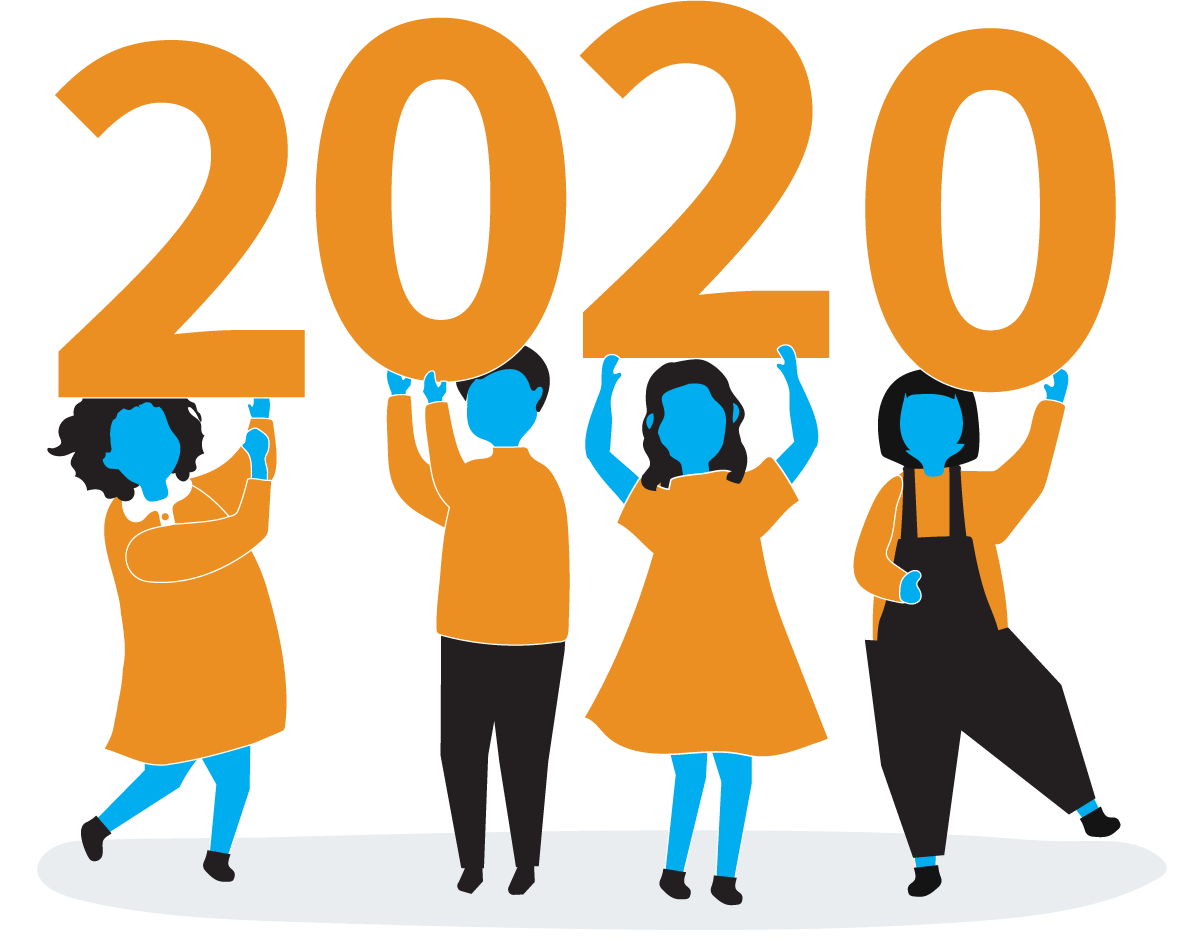Social Media/Downloadable #CountAllKeiki resources
Join us as we work to ensure all children in Hawaiʻi are counted in the 2020 census.
Only 68% of Hawaiʻi residents participated in the 2010 census. Young children are especially likely not to be counted. Because of this undercount of children, Hawaiʻi lost about $16 million in critical federal funding for healthcare, childcare, adoption assistance, and foster care.

Spread the word this year and make a difference for the next 10.
Census Day is April 1. You can help us #CountAllKeiki! Questions about our Census work? Contact Laura Nevitt: [email protected]
Make sure your family and friends know about the census. Tell them to count every child living at their address, including their own children, babies, grandkids, nieces, nephews, and even kids who aren’t related.
Join the Hawaiʻi Kids Complete Count Committee to organize outreach events across the state. We’re targeting the areas with the lowest response rates to share the importance of the census for children and families.
Do you work with kids 0-5? Your organization or business can help distribute fun, informational materials to families. We’re counting on trusted messengers like you to reach as many parents and caregivers as possible.
Hawaiʻi has the 10th highest undercount of kids 0-4.
Why is the census important? Let’s count the ways:
 The census affects how much money Hawaiʻi will receive for the next 10 years — including for important programs for our children and families. Yet Hawaiʻi has one of the lowest census response rates in the country. This year, you can help ensure we count all keiki!
The census affects how much money Hawaiʻi will receive for the next 10 years — including for important programs for our children and families. Yet Hawaiʻi has one of the lowest census response rates in the country. This year, you can help ensure we count all keiki!
The census determines how many congressional seats we have, how much federal funding we receive, where our legislative districts will be, and how we can plan for the future of our state.
Due to our undercount in the 2010 census, Hawaiʻi loses $16,000,000 annually in programs that affect our children and families: Medicaid, the Children’s Health Insurance Program, Title IV-E Foster Care, Title IV-E Adoption Assistance, and the Child Care and Development Fund.
In some rural areas of Oʻahu, the only 46% of households filled out the last census. On neighbor islands, the return rates were as low as 54%. This means that in some areas, less than half our children and famies are being counted. All communities deserve and have the right to be counted in the census.
Federal census workers are bound to confidentiality for their entire lives. Vulnerable families fear the repercussions of sharing their information with the government. It’s important that they know that their information cannot be shared with law enforcement, immigration, or any other agencies.

The Hawaiʻi Kids Complete Count Committee is a coalition working to ensure all children in Hawaiʻi are counted in the 2020 Census. The coalition includes organizations like Hawaiʻi Children’s Action Network and the University of Hawaiʻi Center on the Family. For more information, contact Laura Nevitt: [email protected].
Learn about other census outreach work at HawaiiCounts.org.
Data sources
- Census 2020 Hard to Count Map
- "Subnational Estimates of Net Coverage Error for the Population Aged 0 to 4 in the 2010 Census" (2018)
- "Counting for Dollars 2020: The Role of the Decennial Census in the Geographic Distribution of Federal Funds" (2018)
See our state's current census response rate
See the full map at www.censushardtocountmaps2020.usYou can also see the official US Census Bureau map.
Compare Hawaiʻi's census response rate to other states
Via the US Census Bureau.
See other Complete Count Committees in Hawaiʻi
Via the US Census Bureau.


